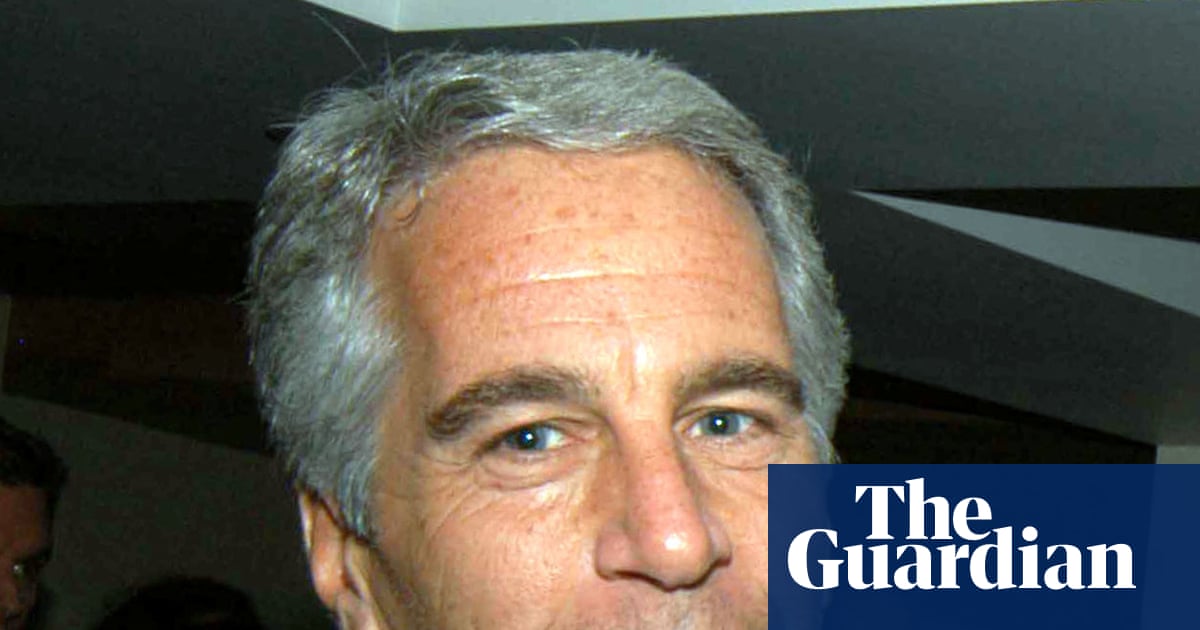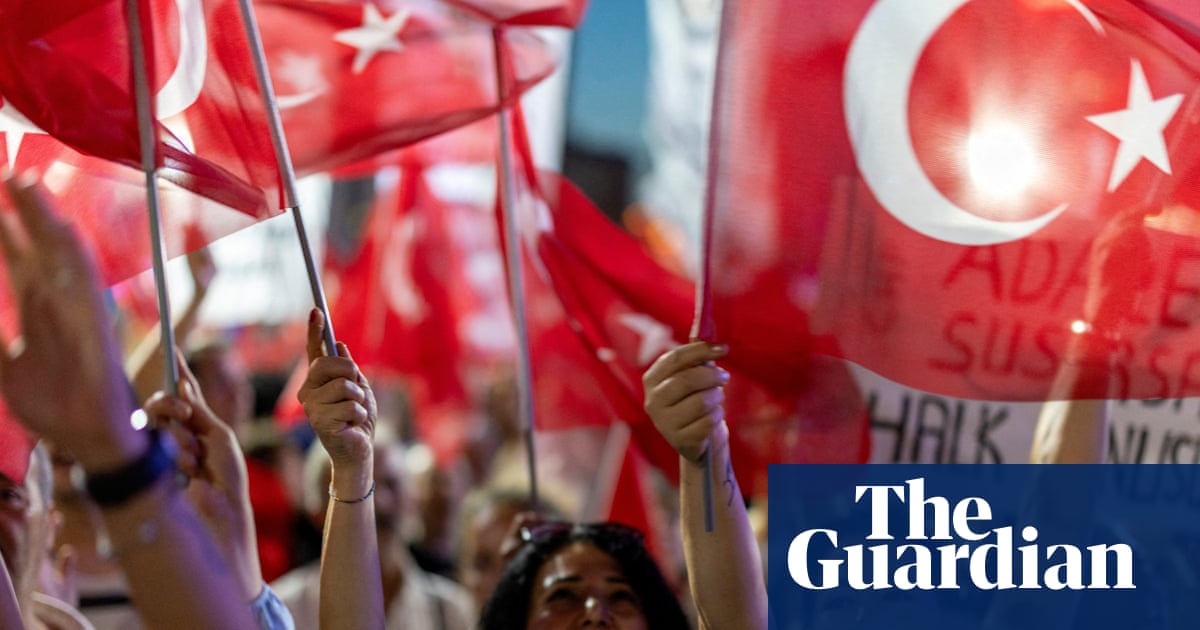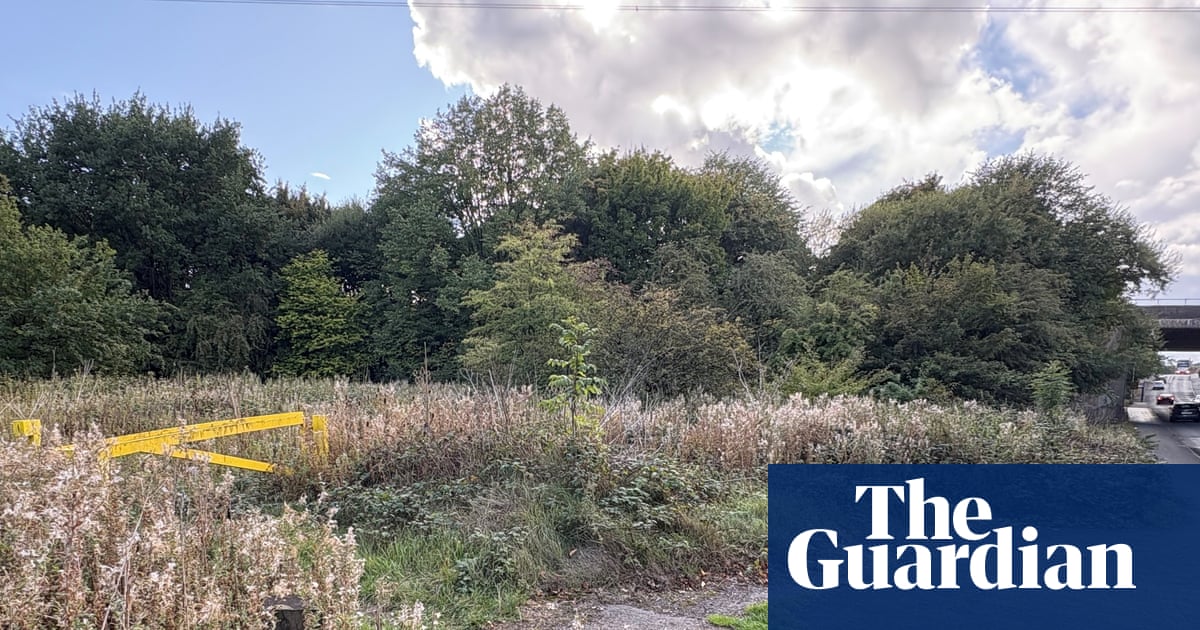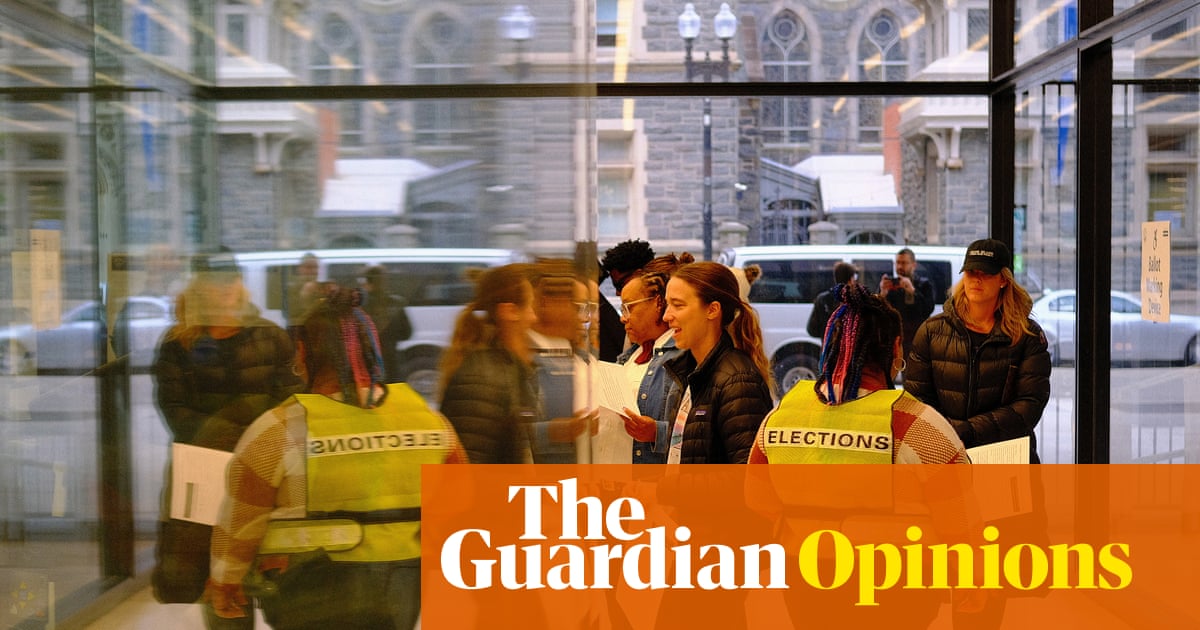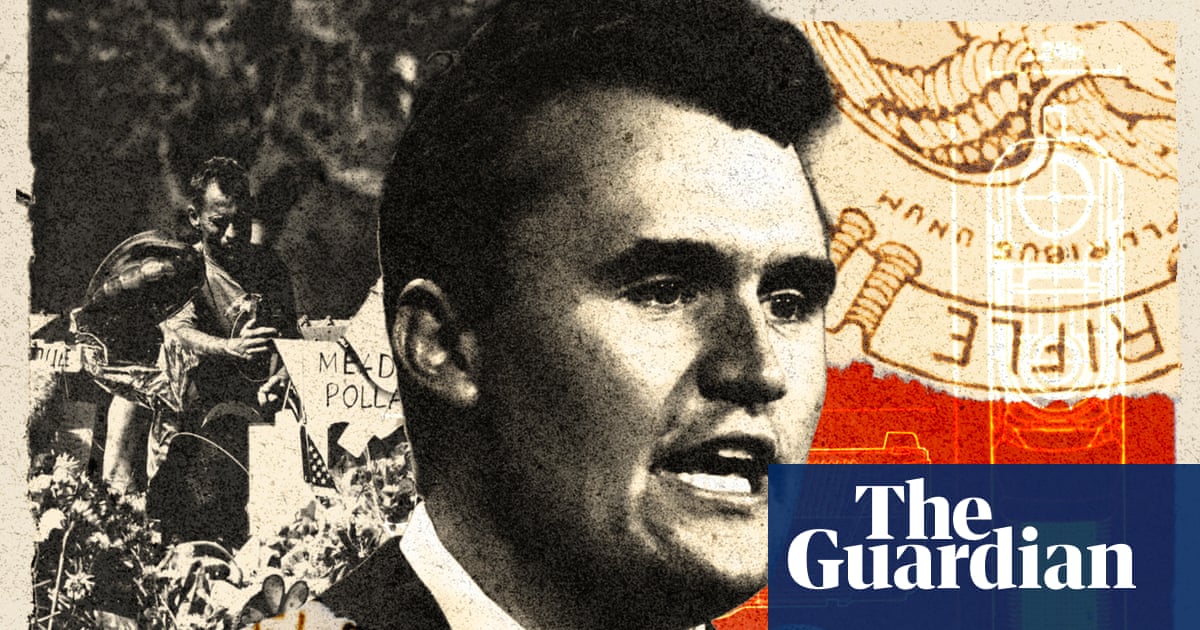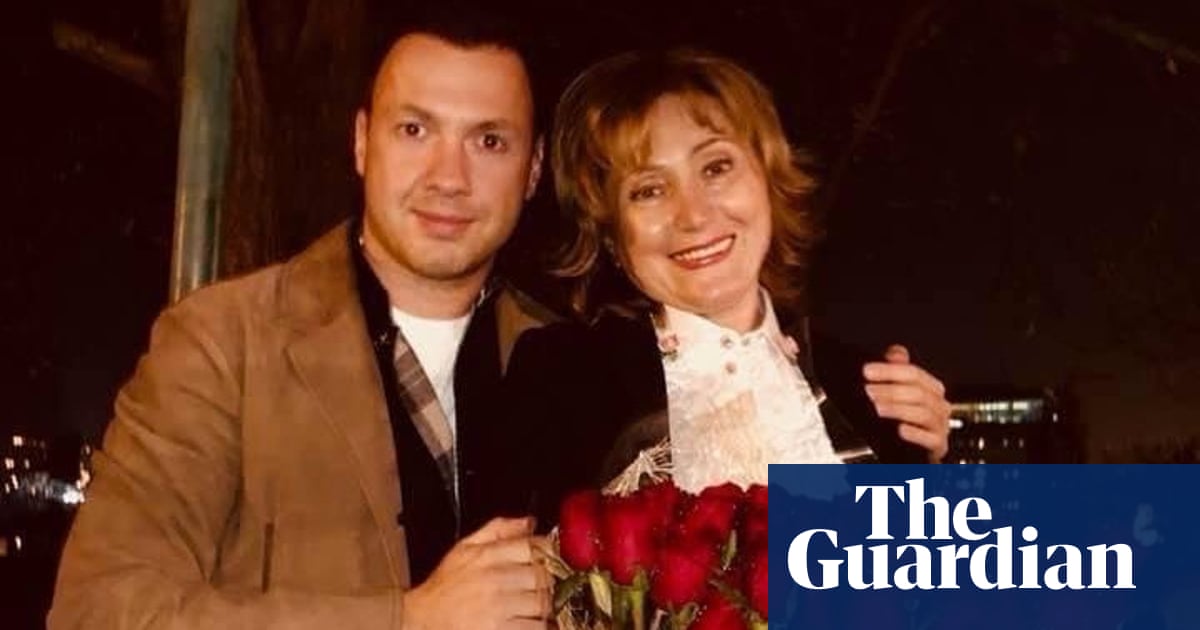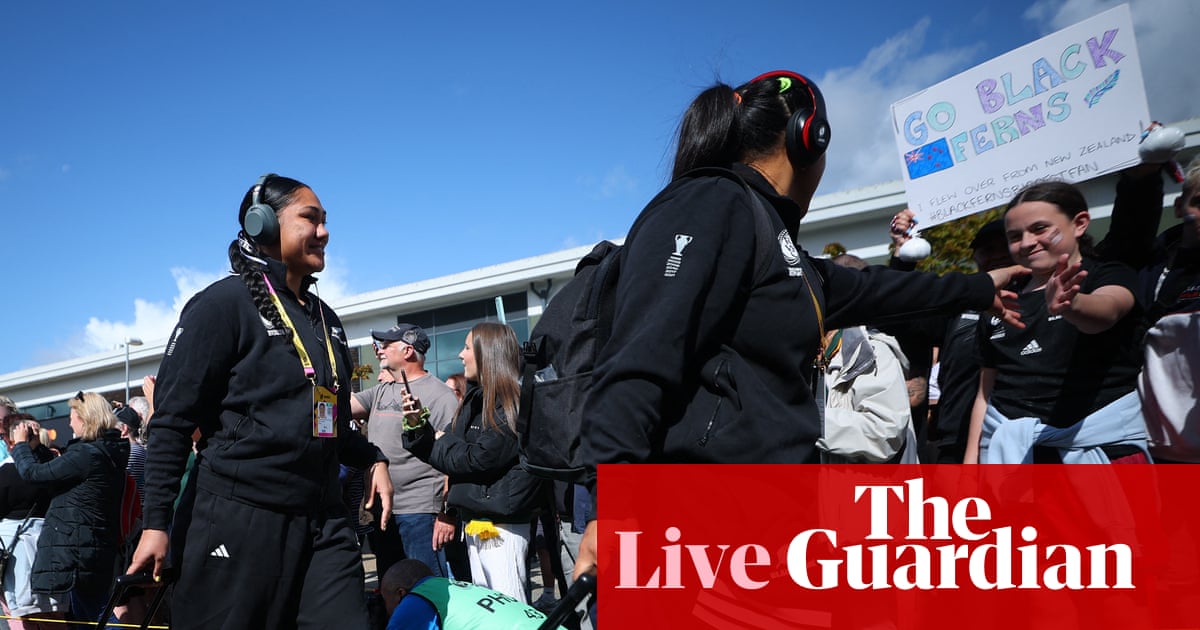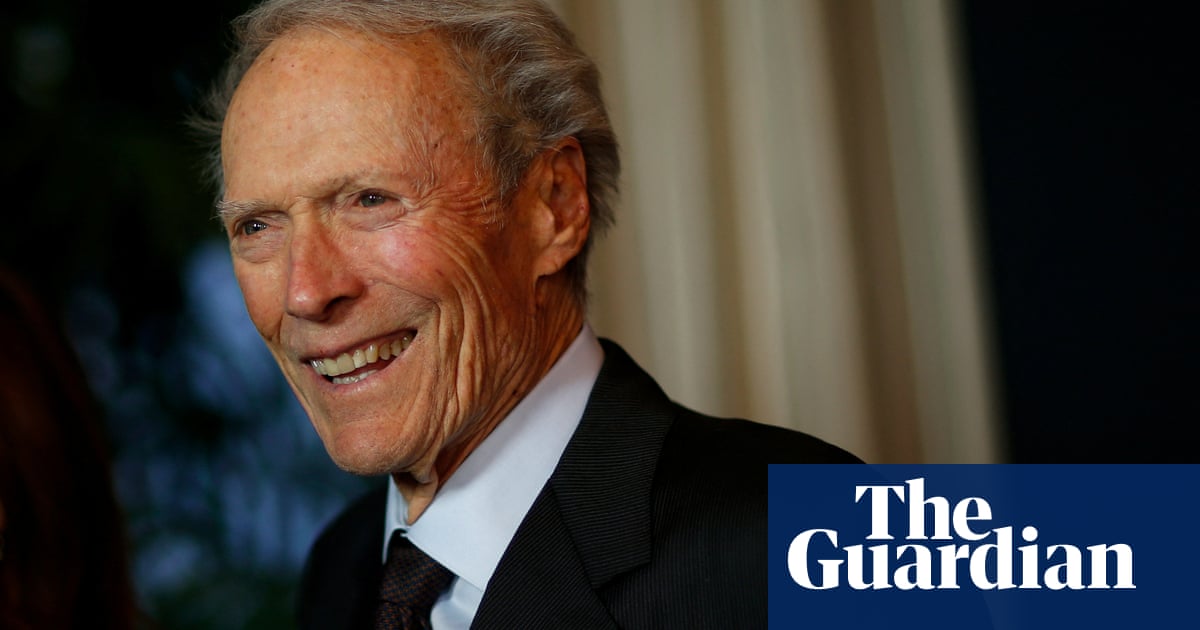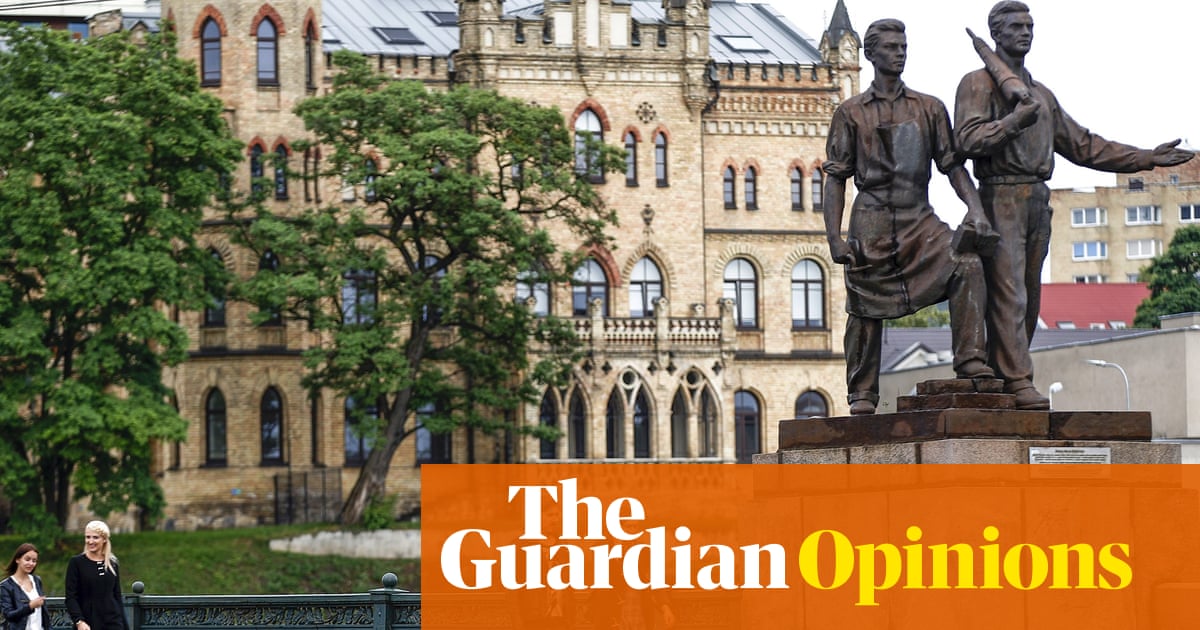Abed Al Rahman, just a boy, carried the weight of his family’s hunger as he stepped into the streets of Gaza in search of bread. He had his father’s money, but when he saw the tide of people pushing towards a food distribution site in Rafah, hunger pulled him into their flow.
Almost immediately, the site descended into chaos. Gunfire. Drones. Then in a flash, shrapnel from a tank shell ripped through his little body. When I met him at a hospital in Khan Younis – where painkillers, like food, are scarce – the 13-year-old was in agony. “I have shrapnel inside my body that they couldn’t remove,” he told me. “I am in real pain; since 6am I have been asking for a painkiller.” As he recounted the chaos, his father’s composure shattered, and tears rolled down his face. Was he going to lose his son simply because Abed Al Rahman wanted his family to eat?
Abed Al Rahman had been trying to get food from a new private and militarised distribution site in Gaza. The Gaza Humanitarian Foundation (GHF) is funnelling aid through a handful of southern sites guarded by private contractors and Israeli soldiers. With so few distribution points, those who can make the trek are forced to travel long, dangerous distances – risking their lives for grossly inadequate amounts of supplies.
In the first week of the GHF’s operation, there were five mass-casualty events in the vicinity of distribution sites as desperate civilians were met by gun and tank fire. Children have been killed. The UN’s aid chief, Tom Fletcher, said the sites made “starvation a bargaining chip” and were “a fig leaf for further violence and displacement”. A system that bypasses the UN has, in fact, bypassed humanity. Indeed, politicised aid distribution is unsafe for everyone involved – last week, the GHF said eight of its local team members and volunteers had been killed.
And while it’s critical that there is a focus on this lethal lack of aid for Palestinians, the daily killing and maiming of children has become an afterthought. This is my fifth mission to Gaza since the horrors of 7 October, and in all that time almost nothing has been done to stop the world’s deadliest conflict for children in recent memory. There have been more than 50,000 children reported killed or injured in 20 months. Fifty thousand.
On the same morning I met Abed Al Rahman, I spoke with 24-year-old Sheima, also hospitalised. She, too, went to one of the GHF distribution sites. Different day, same story: her family was denied humanitarian aid for months. Consumed by hunger, her father too sick to travel, Sheima reached a site. Again, gunfire. Boxes of food thrown to the dirt. “I saw dead bodies on the ground,” she told me. “People stepping over them, just trying to get some food.” In the mayhem, Sheima became entangled in wire – her leg and arm torn open as she tried to flee. She didn’t get any food. “Even though I almost died, I would go again,” she said. “I’m the eldest in my family – we need food to survive. I wish to die with a full stomach, not from starvation.”
These raw testimonials reinforce two critical questions. First, when UN and international non-governmental organisations warehouses outside Gaza are jam-packed with lifesaving supplies, why is there still a lethal lack of humanitarian aid in Gaza? And second, will these few sites run by private contractors solve the crisis?
On the first point, after a total blockade on all supplies going into Gaza from early March until 19 May, Unicef and the World Food Programme are now permitted to bring in limited quantities of only a few selected items. Meanwhile, the Integrated Food Security Phase Classification warned last month that all 2.1 million Palestinians in Gaza are facing life-threatening food insecurity. Lack of access to clean water has been pushed to lethal levels.
Amid incessant bombardments, drastic aid restrictions and mass displacement of the civilian population, the risk of famine is not just possible, but increasingly likely for families in Gaza. From the end of the ceasefire to May this year, malnutrition admissions among children aged under five surged by nearly 150%, with a steep rise in severe cases. This isn’t just a trend – it’s an urgent warning.
And to the second question, can the GHF prevent famine? The reality is, far too little aid is being distributed from far too few distribution points, all amid concerns that families travelling from northern Gaza to reach sites in the south will not be allowed to return.
This is not how you avert famine. Before the collapse of the most recent ceasefire, the UN operated a highly effective aid delivery system in Gaza. And during the ceasefire, we were delivering assistance from more than 400 distribution points across the territory. Access to food, safe water, medicines and shelter skyrocketed. Unicef even went door-to-door to reach malnourished children.
Unicef continues to call for a ceasefire, protection of children, the release of hostages and full aid access. We know what it takes to deliver for children in emergencies – it is the same in every crisis and every conflict since the second world war. Children need nutritious food at scale, safety, clean water and dignity. Not security operators. Not indiscriminate fire. Not chaos.
There is no need to reinvent the wheel. We delivered aid at scale during the ceasefire, and we can do it again. We just need to be allowed to do our jobs.
Abed Al Rahman died of his injuries on 17 June 2025, after this article was written.
-
James Elder is Unicef’s global spokesperson

 2 months ago
46
2 months ago
46


